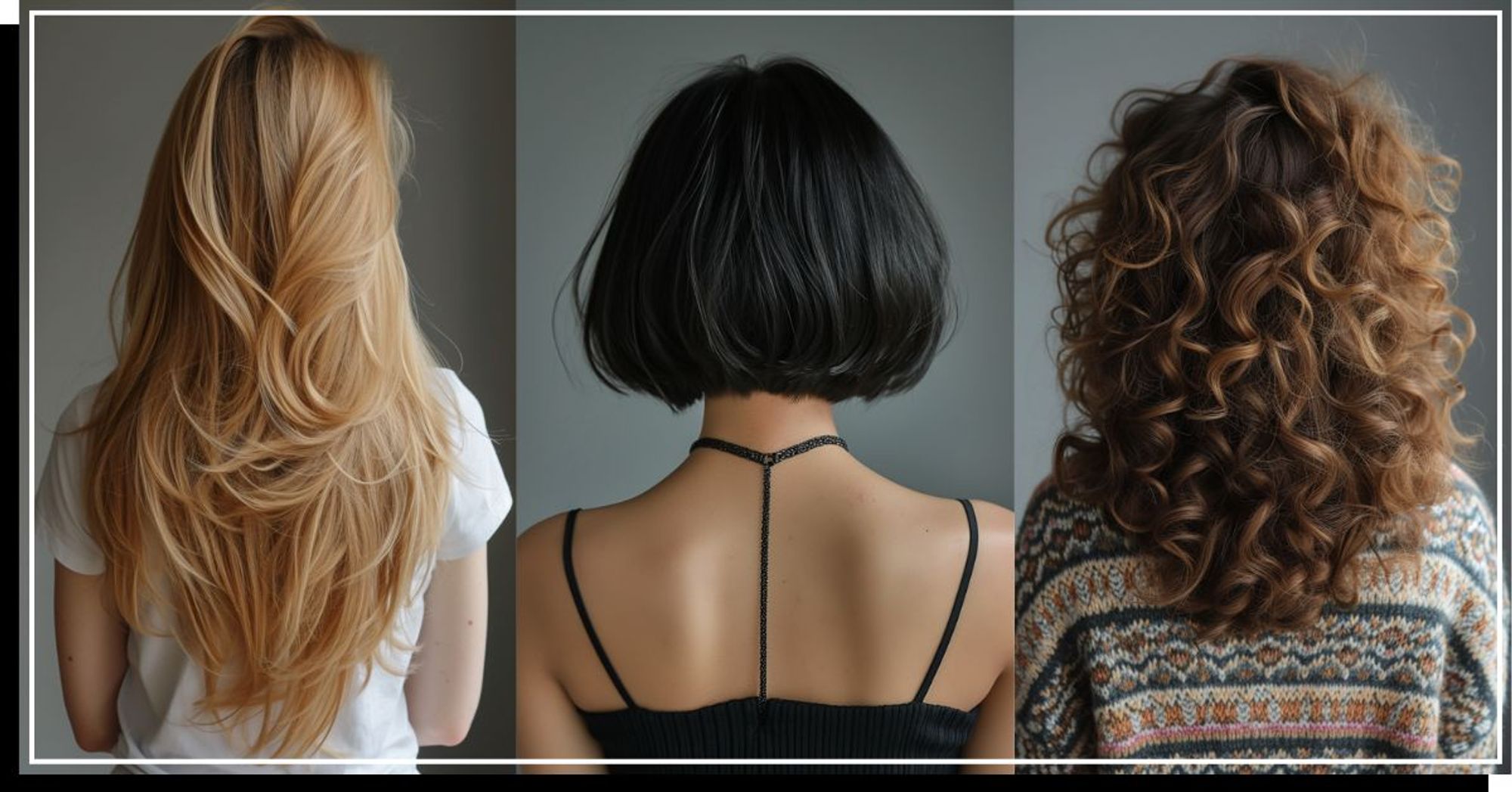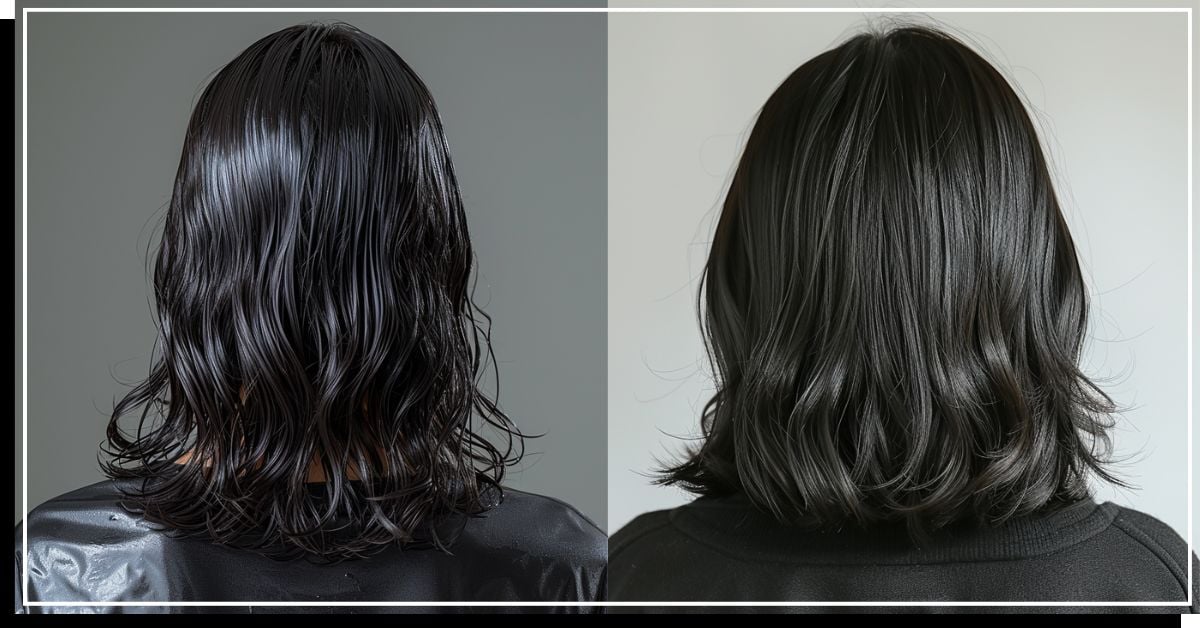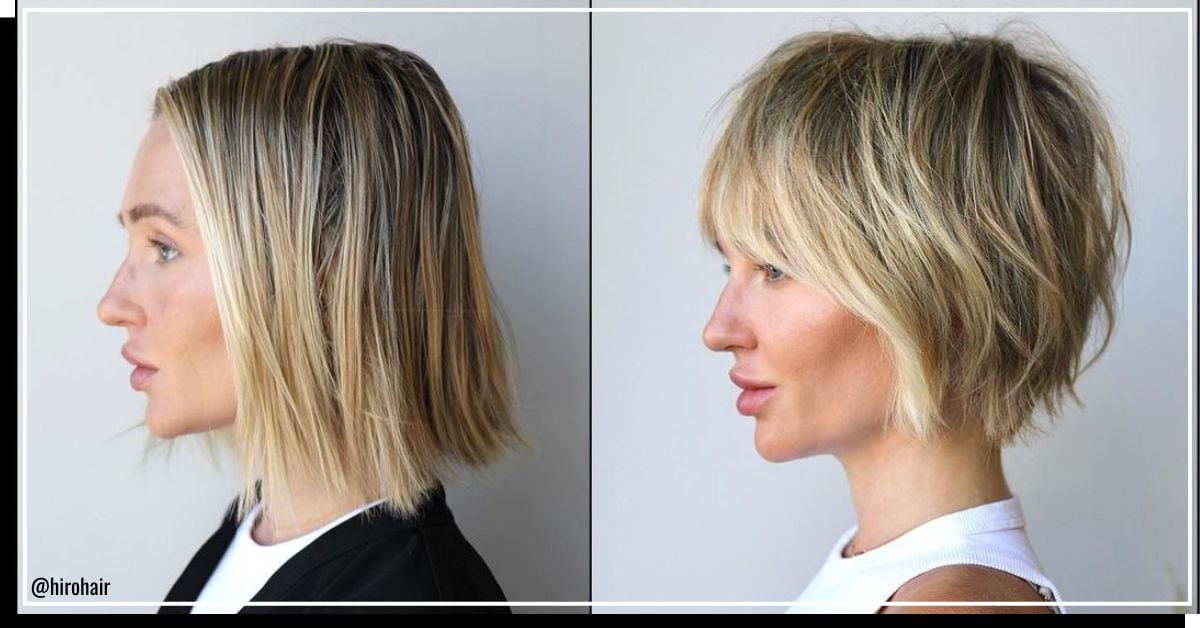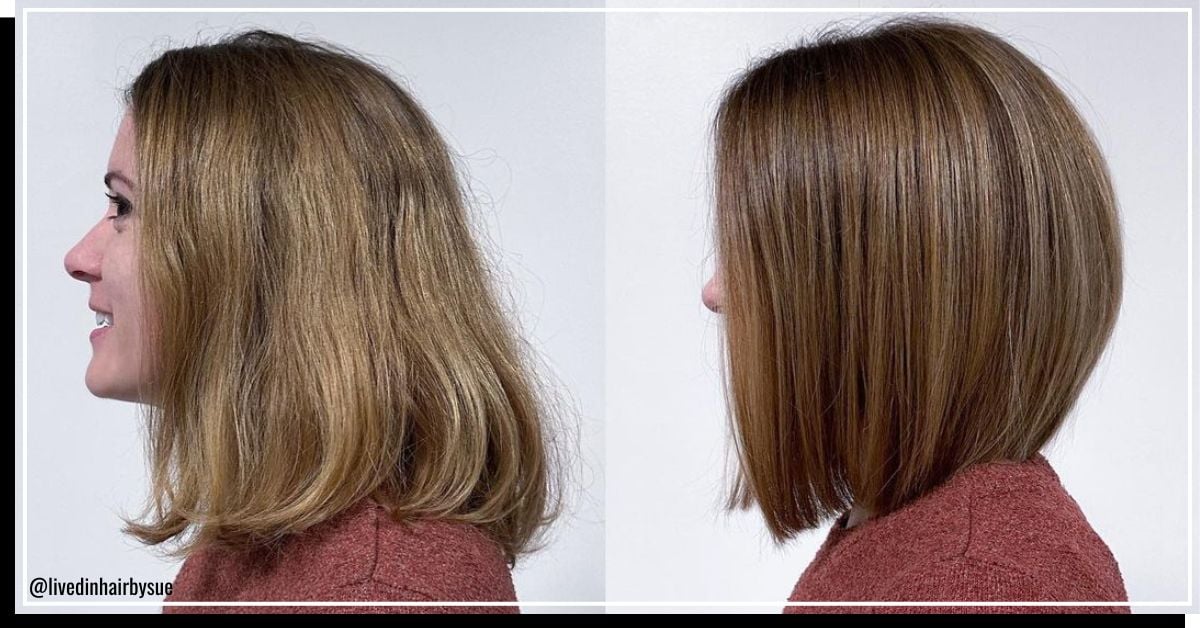Reader question:
As someone constantly on the hunt for fun and flattering ways to style my hair, I recently stumbled upon a method called the Sahag cut technique. It piqued my interest, but I’m still unsure as to what exactly it entails. Can you shed some light on this technique and let me know if it might be a good fit for everyday wear or special occasions?
Laurie Steeves
Fort Collins, CO
Hi Laurie,
The Sahag cut technique isn’t a new fad. It’s an iconic technique developed by legendary hairstylist John Sahag in the 70s. It’s largely celebrated because of its unique focus on dry cutting instead of the conventional wet cut. Sahag believed that cutting hair dry, in its natural state, allows the stylist to understand its movement, texture, and fall, resulting in a more customized and natural look. It’s a meticulous, piece-by-piece approach that carves out shape and enhances your hair’s natural attributes, which sets it apart from a traditional trim or style.
Before opting for a Sahag cut, consider the maintenance, as it requires regular upkeep to preserve the look. It’s best for individuals who are open to innovative, restructuring haircuts and who appreciate a personalized, artistic approach. Do remember that the results of the Sahag cut are highly dependent on the skill of the stylist, so it’s crucial to go to someone specially trained in the technique. But overall, if you’re up for a change and fancy catching some eyes, the Sahag cut could be an exciting new journey for your hair.
Key Takeaways
- The Sahag technique is done on dry hair to understand its natural behavior.
- Sahag cuts, unlike traditional haircuts, are more precise and personalized.
- Critics of the Sahag method cite its time-consuming nature and high skill requirement.
- Sahag cut suitability varies across different hair types.
- Sahag haircuts, suitable for all hair lengths, can create an illusion of volume, especially for thin hair.
Why is the Sahag technique performed on dry hair?

Performing the Sahag technique on dry hair provides several benefits that align with the philosophy of this unique cut. First, hair tends to shrink when it dries, so cutting it in its dry, natural state gives the stylist a more authentic sense of the final look. This ensures that the length and volume of the cut are precisely as perceived during the cutting process.
Additionally, each person’s hair has its own unique texture and movement, which are most identifiable when the hair is dry. By cutting the hair dry, the stylist can work with these natural characteristics rather than against them, creating a cut that truly complements the individual’s hair type and personal style. It’s all about enhancing natural beauty and embracing individuality, which is the essence of the Sahag cut technique.
Difference Between Sahag Cut and Traditional Hair Cutting Methods

One of the key differences between the Sahag cut and traditional hair-cutting methods lies in the manner in which the hair is cut. The Sahag cut is a dry-cutting technique where the stylist cuts the hair in its natural state, moving in harmony with the hair’s tendencies, resulting in a more natural, spontaneous look. This differs from traditional methods, where the hair is often cut while it’s wet and then styled to fit a predetermined shape or style.
Moreover, while traditional cuts rely on symmetry and evenness, the Sahag technique embraces asymmetry. Each section of hair is cut independently, allowing the stylist to create a unique look tailored to the individual’s hair texture, face shape, and personal style. This level of customization is harder to achieve with traditional hair-cutting methods, which tend to follow set patterns and techniques.
Potential Drawbacks of the Sahag Dry Cutting Technique

While the Sahag cut can lead to beautiful results, there are a few potential drawbacks to consider. Firstly, the cut focuses on the natural fall and movement of the hair, so the results might turn out differently than you envisioned, especially if your hair’s texture or behavior is consistent.
Secondly, this cutting technique requires a highly skilled and experienced stylist explicitly trained in the Sahag method. Not all stylists are familiar with this technique, which could limit your options when choosing a salon or hairstylist. This also means that maintenance trims or touch-ups could become challenging if your regular stylist isn’t adept at this cut. Lastly, given the required skill set and time, a Sahag cut can sometimes be more expensive than traditional cuts. Therefore, it’s worth weighing these factors before deciding if this style is the right fit for you.
Is Sahag Cut Suitable for All Hair Types?
The beauty of the Sahag cut is that it can be tailored to all hair types – straight, wavy, curly, or coily. The technique thrives on individuality and enhances the natural texture and movement of your hair, aiming to create a look that is effortlessly stylish and easy to manage.



However, while the Sahag Cut can technically be done on all hair types, the outcomes can vary depending on the specific characteristics of your hair, such as its density and texture.
For instance, people with finer hair might enjoy volume and movement, while those with thicker hair might appreciate the removal of excess weight that this cut provides. Therefore, it’s recommended to have a detailed discussion with your hairstylist about your hair goals before opting for any particular style.
FAQs
Is a Sahag cut suitable for all hair lengths?
Yes, the Sahag haircut is suitable for all hair lengths. Sahag’s cutting technique can be adapted for short, medium, or long hair, though it was initially designed for medium to long styles.
Can a Sahag cut be done on curly hair?
Yes, a Sahag cut can be done on curly hair. In fact, John Sahag was known for his dry-cutting method, which allows the stylist to shape curly hair more naturally and accurately.
What kind of products should I use for a Sahag cut?
For a Sahag haircut, it is recommended to use high-quality hair care products. Moisturizing shampoos and conditioners, heat protectants before styling, and finishing sprays or serums for added shine and hold would be beneficial. Product recommendations also depend on the hair type and desired look.
How often do I need to trim or style a Sahag cut?
The frequency of trimming or styling a Sahag cut depends on the individual’s hair growth and how well the style is holding up. Generally, getting the haircut refreshed every 6 to 8 weeks is recommended, but this can vary from person to person.
Can I get a Sahag haircut if I have thin hair?
Yes, you can get a Sahag cut even with thin hair. This haircutting technique can create an illusion of volume and movement, making it suitable for thin hair.
